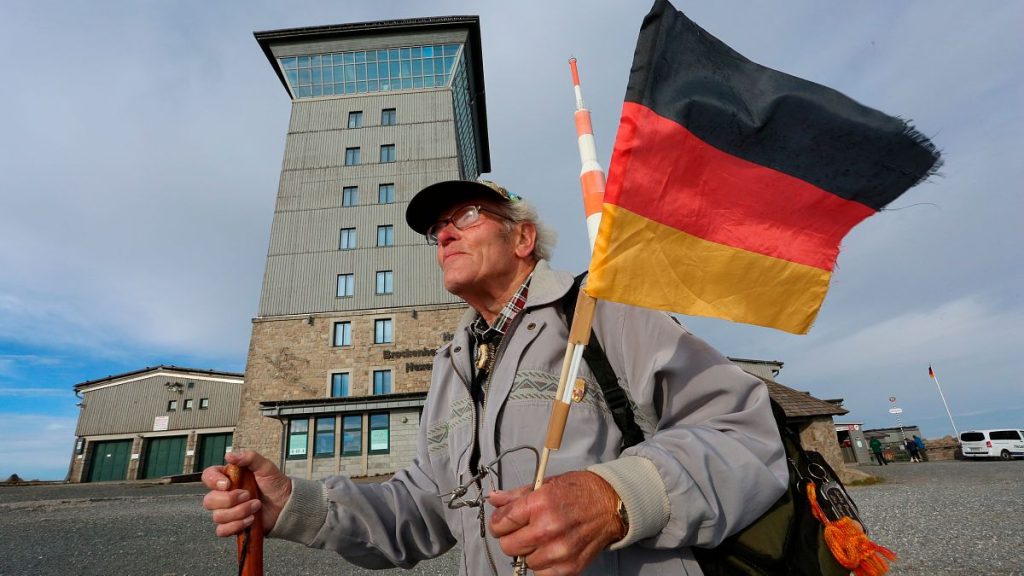Germany recently celebrated its 34th anniversary of national unification, with Chancellor Olaf Scholz choosing the picturesque Schwerin as the location for the national anniversary ceremony. In his speech at the Mecklenburg State Theatre, Scholz emphasized the need to no longer distinguish between the formerly divided west and east Germany, especially for young people. He highlighted the equalization of life satisfaction between Germans in the east and west, with many global technology companies now setting up in east Germany. However, Scholz also warned against forgetting the divisive period that followed unification, which led to the collapse for many east Germans, with millions losing their jobs and migrating to the west for better opportunities.
The choice of Schwerin as the location for the commemoration raises concerns about a potential split in Germany once again, this time along ideological lines. The city is the capital of Mecklenburg-Vorpommern, which is home to a significant number of Social Democrats (SPD) in parliament. However, the rise of the anti-immigrant Alternative for Germany (AfD) in the region represents a new far-right shift in German politics. With the AfD winning seats in recent parliamentary elections and gaining traction among voters, there is a growing politically divided population in Germany’s eastern states, with a noticeable rightward tilt in Saxony, Thuringia, and Brandenburg.
The AfD’s rise reflects a broader trend of right-wing populism across Europe, with increasing support for anti-immigrant, nationalist, and fiscally conservative policies. In Germany, the AfD’s popularity in the east has been fueled by feelings of nativism and populism, particularly among older citizens who experienced the post-war separation in 1945. The party’s success in recent elections, including gaining blocking minorities in states like Thuringia and Brandenburg, indicates a shifting political landscape in Germany’s eastern regions, where traditional major parties are facing challenges from more polarized political ideologies.
Another significant player in Germany’s eastern politics is Sahra Wagenknecht of the Sahra Wagenknecht Alliance (BSW), a self-described “left conservative” who formed her own political party in response to the growing polarization in the country. Despite apparent differences, the AfD and BSW share commonalities in their positions on issues like military support for Ukraine and migration. Both parties have gained support at the federal level, with the AfD becoming the third-largest party in the Bundestag after the 2021 election. As Chancellor Scholz prepares for a re-election bid in 2025 with his ruling coalition, questions remain about the future of traditional major parties in Germany’s east amidst the rise of political polarization and the increasing popularity of far-right and far-left movements.
Overall, Germany’s recent Unity Day celebrations underscore the challenges of maintaining national harmony and political cohesion in the face of growing ideological divisions. While the equalization of life satisfaction between east and west Germany is a positive development, the rise of the AfD and other far-right parties in the east presents a significant challenge to traditional political structures. As the country gears up for the 2025 federal election, the outcome remains uncertain, with the potential for further political polarization and fragmentation. Germany’s leaders must navigate these complex dynamics to ensure the country’s unity and stability in the years to come.


